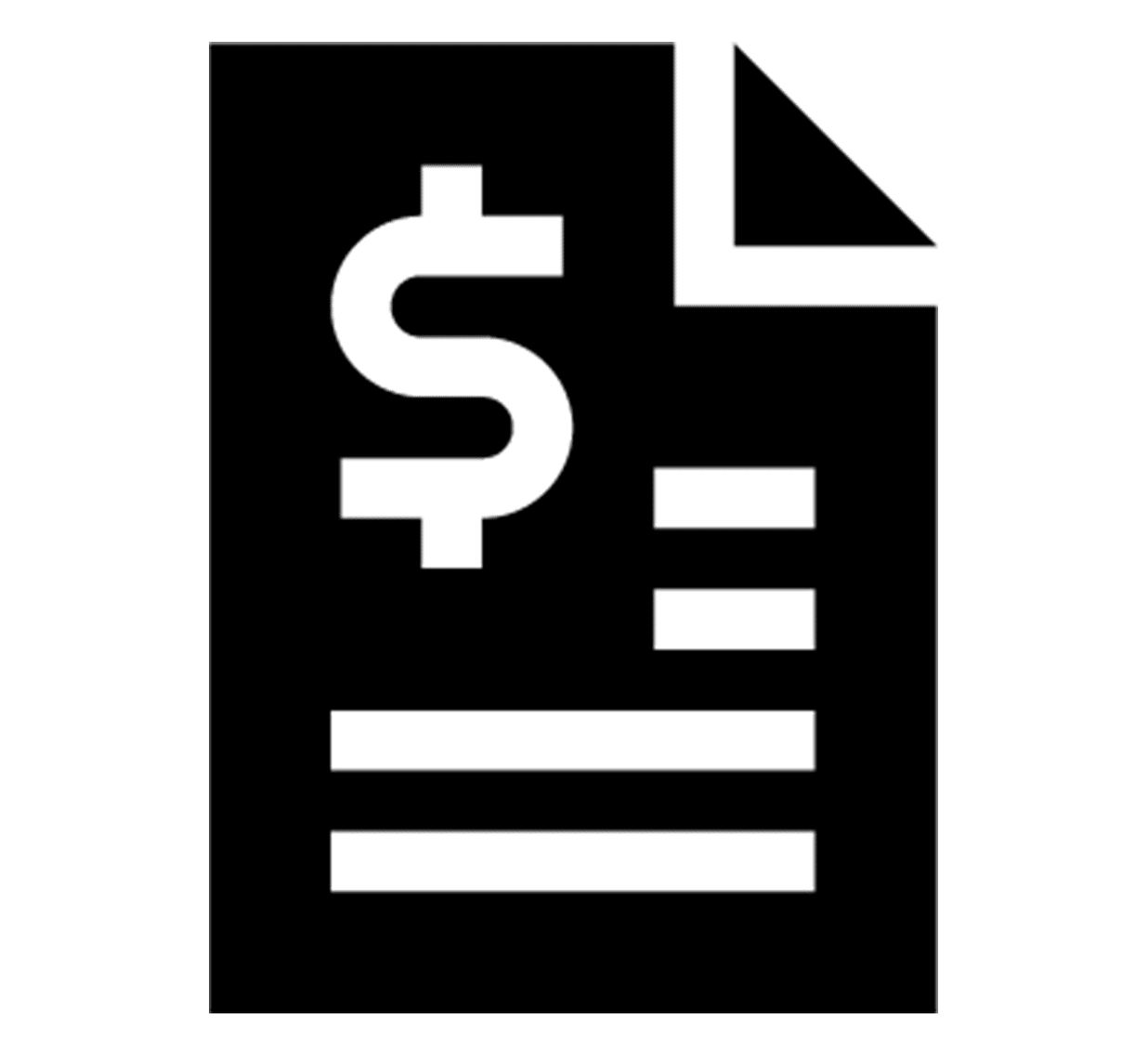Lease Financing
Lease Financing
Why choose Ashani Business Capital
Expertise
With years of experience in the financial industry, Ashani boasts a team of seasoned professionals who possess in-depth knowledge of lease financing.
Competitive Rates
Our lease financing in Toronto come with competitive rates that are designed to offer you maximum value for your investment.
Flexibility
Whether you need leasing options for equipment, vehicles, or property, Ashani offers a wide range of flexible lease terms and structures to accommodate your business needs and cash flow requirements.
Local Presence
As a Toronto-based company, Ashani understands the local market dynamics and business environment. Our proximity allows us to offer localized expertise and support, ensuring that you receive the highest level of service tailored to the Greater Toronto Area.


Standard lease
Our standard lease provides a diverse selection of adaptable contract durations. You will enjoy freedom from residual value concerns and the opportunity to select from a multitude of lease maturity alternatives.

Sale Leaseback/Lease Buyback
Those who have an asset full paid off, can sell it to a financial institution and lease it back for use.
What is Lease Financing

Calculating the lease value involves several factors and methods, depending on the type of lease and its terms.
- Determine Lease Type: Identify whether the lease is an operating lease or a capital lease.
- Calculate Present Value of Lease Payments: For a capital lease, calculate the present value of lease payments. This involves discounting future lease payments to their present value using an appropriate discount rate.
- Consider Residual Value: Consider any residual value or buyout option at the end of the lease term.
- Include Initial Direct Costs: Add any initial direct costs incurred by the lessee that are directly attributable to negotiating and arranging the lease.
- Amortize Lease Incentives or Costs: If there are any lease incentives (such as rent holidays or tenant improvement allowances) or initial direct costs, these may need to be amortized over the lease term and included in the lease value calculation.
- Consider Lease Term and Renewal Options: The lease term and any renewal options can affect the lease value calculation.

Calculating the lease value involves several factors and methods, depending on the type of lease and its terms.
The lease term and any renewal options can affect the lease value calculation.
How does lease financing process work?
The lease financing process typically involves several steps, from initial inquiry to lease termination or renewal. Here is a general overview of how the process works:
- Identifying Asset Needs: The lessee (the party seeking to lease an asset) identifies the need for a particular asset, such as equipment, vehicles, or real estate, to support their business operations or personal use.
- Selecting a Lessor: The lessee may research and select a lessor (the party providing the lease financing) that offers suitable lease terms, competitive rates, and reliable service.
- Negotiating Lease Terms: The lessee and lessor negotiate the terms of the lease agreement, including the lease duration, payment structure, buyout options, maintenance responsibilities, insurance requirements, and any other relevant terms and conditions.
- Credit Approval: The lessor evaluates the lessee’s creditworthiness and financial stability to assess the risk of providing lease financing. This part of lease financing service may involve reviewing the lessee’s credit history, financial statements, business plans, and other relevant information.
- Documentation and Legal Formalities: Once the lease terms are agreed upon and credit approval is obtained, the parties enter into a formal lease agreement. This document outlines the rights, obligations, and responsibilities of both the lessor and lessee during the lease term.
- Acquiring and Delivering the Asset: The lessor acquires the leased asset, either by purchasing it outright or arranging for its acquisition from a third party.
- Commencing Lease Payments: The lessee starts making lease payments to the lessor according to the agreed-upon payment schedule.
- Asset Management and Maintenance: Throughout the lease term, the lessee is responsible for maintaining and insuring the leased asset as specified in the lease agreement.
- End-of-Lease Options: As the lease term approaches its end, the parties evaluate end-of-lease options, such as returning the asset to the lessor, purchasing the asset at a predetermined price (if applicable), or renewing the lease for an additional term.
- Lease Termination or Renewal: Upon reaching the end of the lease term, the parties finalize the lease termination process according to the terms outlined in the lease agreement.
How does lease financing process work?
The lease financing process typically involves several steps, from initial inquiry to lease termination or renewal. Here is a general overview of how the process works:
Upon reaching the end of the lease term, the parties finalize the lease termination process according to the terms outlined in the lease agreement.
%
